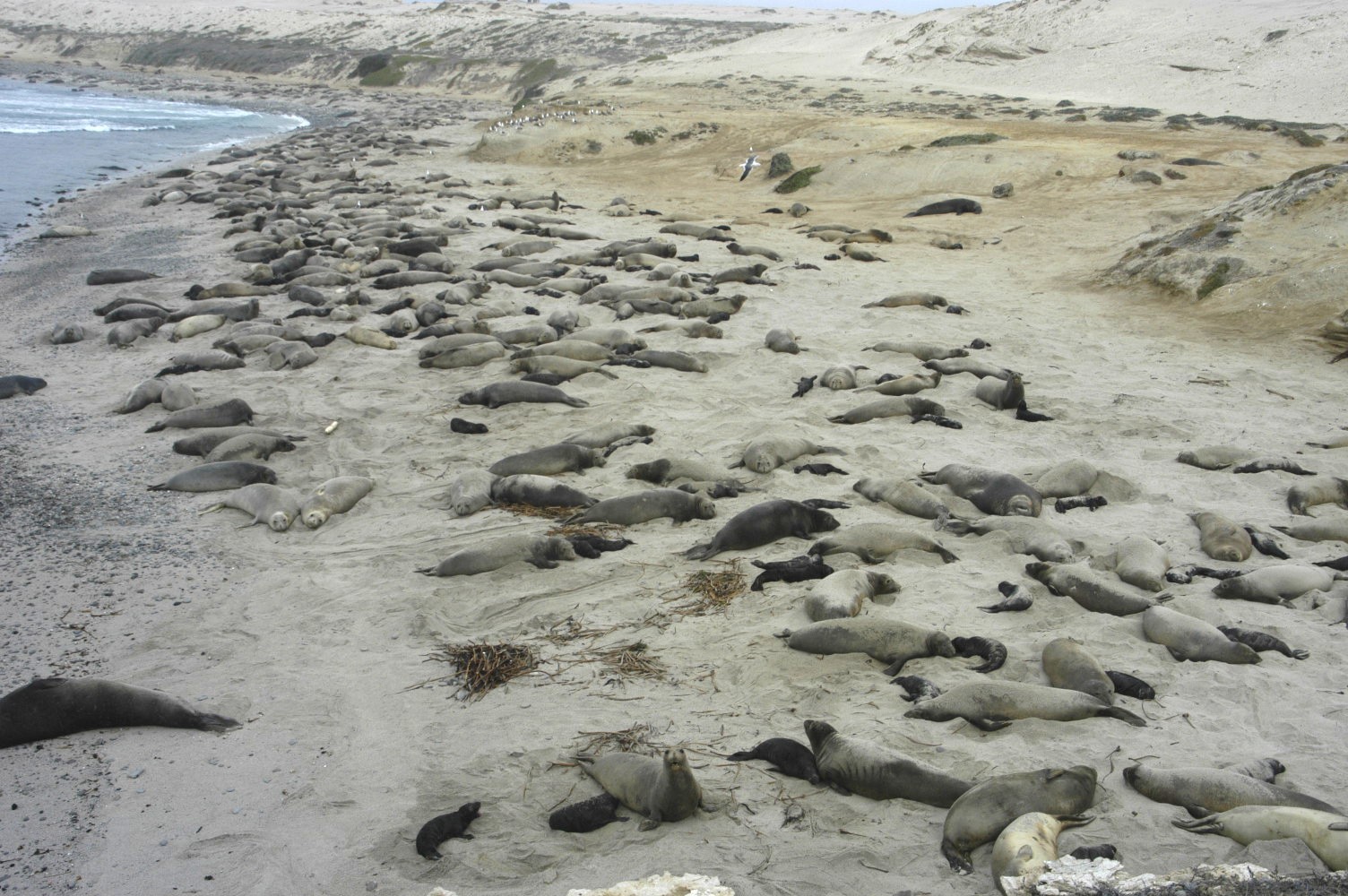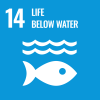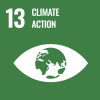
Gulls feeding on pelagic crabs at San Nicolas Island during an El Nino event


 Swarms of live pelagic red crabs (Pleuroncodes planipes) began appearing in the surf and on beaches at San Nicolas Island (SNI), off southern California, in late December 1982. Although these crustaceans have occurred as far north as Monterey, their distribution is centered off the western coast of Baja California and they occur only rarely in the Southern California Bight (SCB). The most recent prior occurrence of this species north into the SCB was in 1972/1973 when a weak El Nino developed. El Nino is defined as the appearance and persistence, for 6 to 18 months, of anomalously warm water in the Eastern Tropical Pacific (ETP) and is usually accompanied by large reductions in plank-ton, fish, and seabirds in many areas of the ETP . The most intense and unusual El Nino event to date in modern history began in May 1982 and was well developed by late autumn. This climatic change, which warmed coastal surface waters, and perhaps altered current flow in the SCB, appears to explain the northward extension of Pleuroncodes in 1982/ 1983. We also observed small numbers of these gulls at SNI in past years. However, in late January 1983, 10,000 to 12,000 Herring Gulls roosted on SNI. These gulls were abundant through March and remained, in lesser numbers, through late April. Groups of several thousand birds roosted at four sites on SNI on rocky and sandy beaches and on rock ledges near the surf. These birds fed on live red crabs in the surf, or occasionally on those recently washed ashore. Small numbers of Ring-billed (Larus delawarensis), Heermann’ s (L. heermannz) and California (L. californicus) gulls were also present in winter 1983 but were not more abundant than in previous years. Western Gulls (L. occidentalis) breed at the western end of SNI in summer and roos! there during other seasons. In winter and spring, they usually roost on rookery areas at night, leave just after sunrise, and return just before or shortly after sunset. Roosts are usually abandoned by all birds during the day except during stormy or very foggy weather, when most birds remain at roosts continuously. In winter and early spring 1983, when red crabs were abundant, most gulls roosted on territories at rookery areas continuously, regardless of weather. Individuals apparently left occasionally, however, to feed on red crabs in the surf and on those washed up on nearby beaches; feces and regurgitated pellets were composed almost entirely of crab exoskeletons in winter and early spring, 1983. We also observed large numbers of Herring Gulls (8,000 to 10,000) and Western Gulls (1,000 to 2,000) roosting on several beaches on the northwest coast of San Miguel Island (SMI) and feeding on red crabs in the surf in late February 1983. Although we have no data on absolute abundance of Herring Gulls at SMI in past years, these gulls were relatively uncommon in winter from 1979 to 1982.
Swarms of live pelagic red crabs (Pleuroncodes planipes) began appearing in the surf and on beaches at San Nicolas Island (SNI), off southern California, in late December 1982. Although these crustaceans have occurred as far north as Monterey, their distribution is centered off the western coast of Baja California and they occur only rarely in the Southern California Bight (SCB). The most recent prior occurrence of this species north into the SCB was in 1972/1973 when a weak El Nino developed. El Nino is defined as the appearance and persistence, for 6 to 18 months, of anomalously warm water in the Eastern Tropical Pacific (ETP) and is usually accompanied by large reductions in plank-ton, fish, and seabirds in many areas of the ETP . The most intense and unusual El Nino event to date in modern history began in May 1982 and was well developed by late autumn. This climatic change, which warmed coastal surface waters, and perhaps altered current flow in the SCB, appears to explain the northward extension of Pleuroncodes in 1982/ 1983. We also observed small numbers of these gulls at SNI in past years. However, in late January 1983, 10,000 to 12,000 Herring Gulls roosted on SNI. These gulls were abundant through March and remained, in lesser numbers, through late April. Groups of several thousand birds roosted at four sites on SNI on rocky and sandy beaches and on rock ledges near the surf. These birds fed on live red crabs in the surf, or occasionally on those recently washed ashore. Small numbers of Ring-billed (Larus delawarensis), Heermann’ s (L. heermannz) and California (L. californicus) gulls were also present in winter 1983 but were not more abundant than in previous years. Western Gulls (L. occidentalis) breed at the western end of SNI in summer and roos! there during other seasons. In winter and spring, they usually roost on rookery areas at night, leave just after sunrise, and return just before or shortly after sunset. Roosts are usually abandoned by all birds during the day except during stormy or very foggy weather, when most birds remain at roosts continuously. In winter and early spring 1983, when red crabs were abundant, most gulls roosted on territories at rookery areas continuously, regardless of weather. Individuals apparently left occasionally, however, to feed on red crabs in the surf and on those washed up on nearby beaches; feces and regurgitated pellets were composed almost entirely of crab exoskeletons in winter and early spring, 1983. We also observed large numbers of Herring Gulls (8,000 to 10,000) and Western Gulls (1,000 to 2,000) roosting on several beaches on the northwest coast of San Miguel Island (SMI) and feeding on red crabs in the surf in late February 1983. Although we have no data on absolute abundance of Herring Gulls at SMI in past years, these gulls were relatively uncommon in winter from 1979 to 1982.
Publication:
Stewart, B.S., P.L. Yochem, and R.W. Schreiber. Pelagic red crabs as a food source for gulls: a possible benefit of El Nino. The Condor. 86:341-342. 1984.
